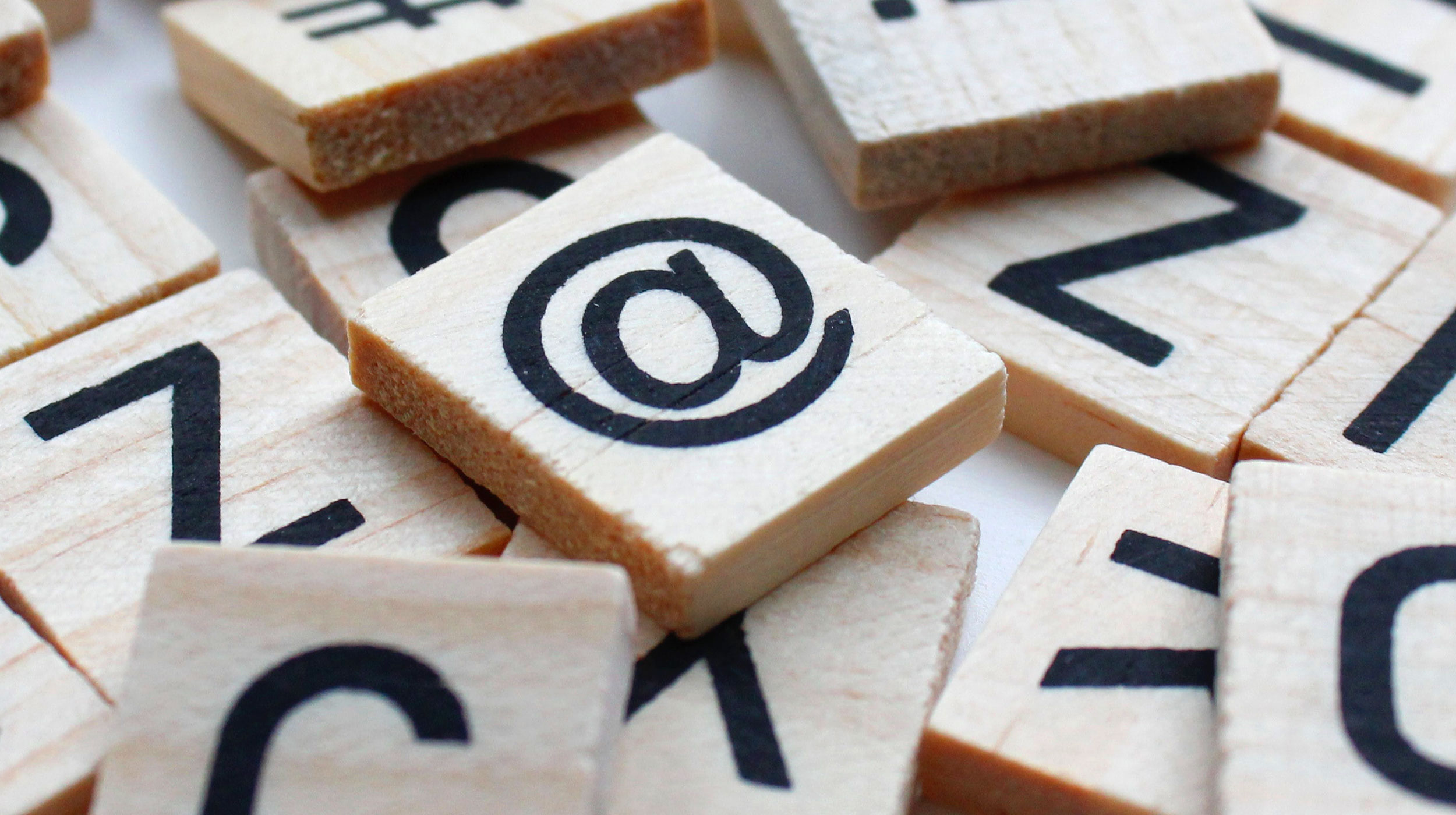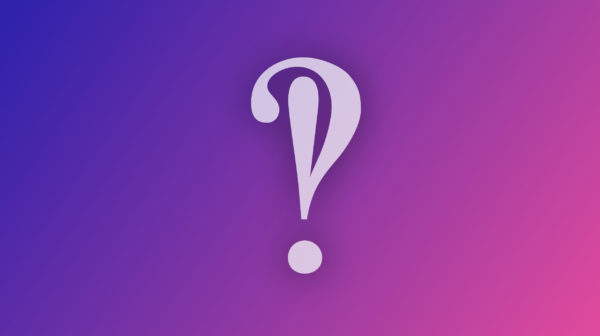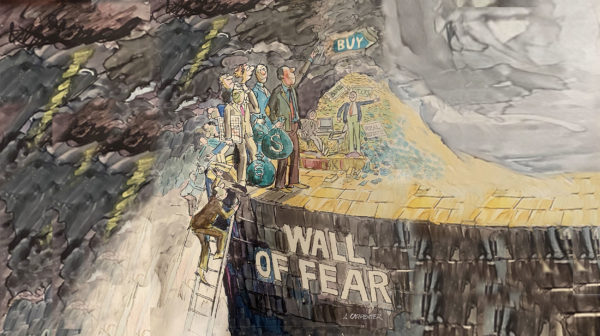The @ symbol has a long and storied past
Remember all the way back to 2021 and our quaint fixations on Gamestop, cicadas, #FreeBritney and the boat stuck in the Suez Canal? All were above-the-fold headlines, yet somehow we lost sight of what should have been the Story of the Year: the 50th anniversary of the @ as an email address fixture.
To be sure, the origins of @ go back much further than that. It appeared in the Bulgarian translation of a Greek document written in 1345, where it represented “alpha”—the first letter of “Amen.” Francesco Lapi, a 16th-century Florentine merchant, used it in a letter as an abbreviation of “amphora,”a terra cotta jug used to transport wine.
Later, @ became shorthand for “at the price of” in English commercial transactions, as in “16 pink-bellied turtledoves @£3/6,” eventually finding its way on to typewriter and computer keyboards. But no one knew quite what to do with the @ until engineer Ray Tomlinson used it in sending the world’s first email in 1971. His rationale: The @ wasn’t likely to appear in anyone’s name and could serve nicely as a stand-in for “at.” (Five years later, Queen Elizabeth II sent the first email from a head of state over the ARPANET, the seed from which the Internet sprung—an event that merits its own commemoration in this Jubilee year.) Today, the US Patent & Trade Office lists more than 1,800 brands that incorporate the @, including @Home Flat Bread Co., and Pets@Work Day (a nonprofit that lobbies for pet-friendlier workplaces).
Somewhere along the way the @ was dubbed the “at sign” for lack of a less pedestrian coinage. That seems unfair, since other punctuation marks have snappy one-word names—apostrophe, ellipsis, ampersand, asterisk, virgule—that roll pleasantly off the tongue. Some writers have borrowed the French term, arobase, or its Spanish equivalent, arroba, but neither has caught on. Same for weird neologisms like ampersat and asperand. And the less said about the super uncool usage, “commercial at,” the better.
Oddly, at least 37 countries have far more interesting names—metaphoric, imaginative and whimsical— for the @, according to a 1997 survey. In Dutch, it’s an apestaart or “monkey’s tail,” in Czech, it’s a zavinác (rollmop herring), Kazakhs call it an aiqulaq (moon’s ear) and in German, it’s Klammeraffe or “spider monkey.” And MOMA prized the symbol so highly that the museum acquired it—whatever “acquire” means in this context—in 2010.
As for Ray Tomlinson, he confessed to The New York Times in 2009 that he had no memory of what was in that historic 1971 email. “I sent a number of test messages to myself from one machine to another,” said. “The test messages were entirely forgettable and I have, therefore, forgotten them.”




